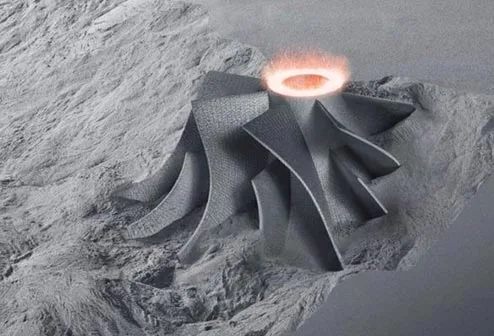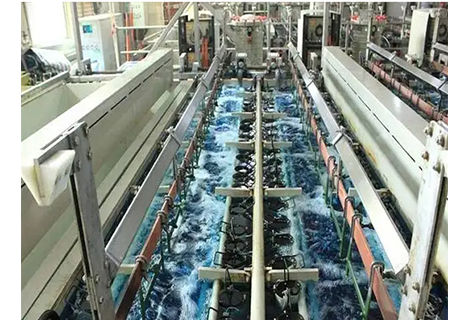The machining and manufacturing of medical CNC equipment parts is different from the machining of ordinary common parts, the medical field has its own special characteristics of use, so it needs to have a series of specific conditions and capabilities in order to meet the strict requirements of the medical industry. The following are the key conditions and capabilities that a medical parts processing plant needs to have, described in detail below:
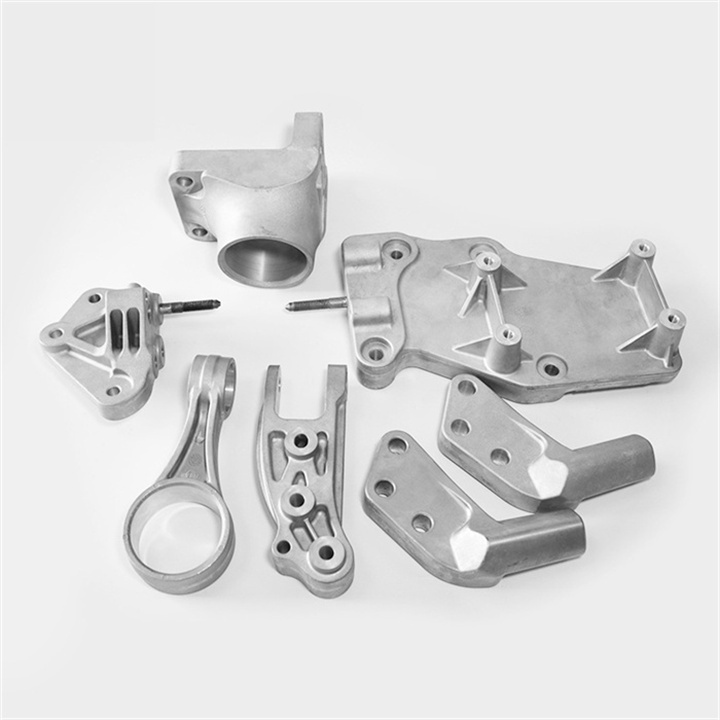
1. Extremely high precision requirements: Medical devices often require extremely high precision to ensure their performance and safety. As a result, a medical parts processor needs to have the advanced machining equipment and technology to be able to manufacture parts with high precision, often to the sub-micron level. This requires the processor to be able to control every detail of the machining process, including material selection, cutting, molding and assembly.
2. Cleanliness and sanitation standards: Some medical devices come into direct contact with the patient's body, so medical parts must be processed and manufactured in an extremely clean and sanitary environment. Processing plants need to establish strict, standardized cleaning processes to prevent contamination and cross-contamination. This includes the use of clean room technology to ensure that there is no dust or microbial contamination during the manufacturing process.
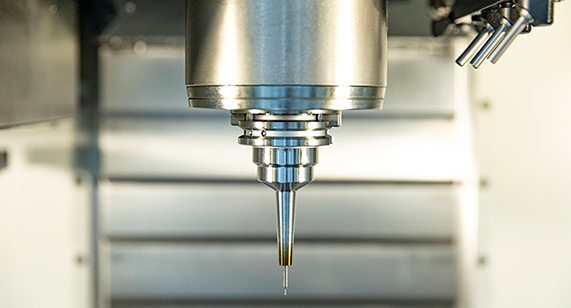
3. Material selection and compatibility: Medical parts processing plants need to have a deep understanding of the properties of different materials in order to select the most suitable materials for medical devices. These materials must comply with the regulations and standards of the medical industry, as well as ensure that they are compatible with other parts of the medical device and will not cause material conflicts or lead to allergic reactions.
4. Compliance and regulatory adherence: The medical industry is governed by strict regulations and standards, so medical parts processors need to ensure that the parts they produce comply with a variety of regulations, such as those of the FDA (U.S. Food and Drug Administration). This includes the establishment of a quality management system, tracking and documenting the manufacturing process of each part, and being ready to be scrutinized by regulatory agencies.
5. Quality Control System: High-quality parts manufacturing requires an effective quality control system to ensure that each part meets specifications. This includes performing quality inspections, testing and verification, and establishing a traceability system to track the production history of each part. If any quality issues arise, rapid recall and repair must be possible.
6. Customization and Flexibility: Medical devices often require parts to be customized for specific patient needs and applications. Therefore, a medical parts processor needs to be flexible and able to customize to the needs of the customer.
7. Efficient production: Efficient production is essential to meet the demands of the medical device market. Medical parts processors need to optimize production processes and reduce manufacturing lead times to meet the rapidly changing and urgent needs of the market.
8. Confidentiality: The medical device field often involves sensitive technology and intellectual property. A medical parts processor must ensure that its customers' confidential information and intellectual property are properly protected from disclosure or misappropriation.
Medical precision machining manufacturer are required to have a range of conditions and capabilities such as high-precision manufacturing, hygiene standards, material compatibility, compliance, quality control, customization capabilities, efficient production, and confidentiality protection. These specific requirements ensure the quality and safety of medical devices, thereby safeguarding the health of patients and the quality of medical care.
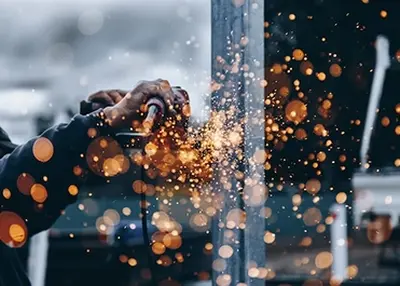 An Introduction to Metal Fabrication: Benefits, Methods & ApplicationsDecember 7, 2023This article introduces sheet metal fabrication in detail. As a versatile metal production technique, it shows extensive applications across numerous industries.view
An Introduction to Metal Fabrication: Benefits, Methods & ApplicationsDecember 7, 2023This article introduces sheet metal fabrication in detail. As a versatile metal production technique, it shows extensive applications across numerous industries.view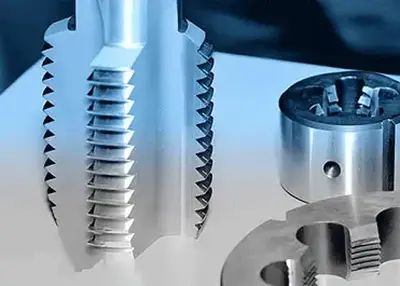 Unlocking Precision: A Comprehensive Guide to Machining KeywaysNovember 15, 2023Welcome to the definitive guide on keyway machining, where precision meets performance. In this in-depth exploration, we will unravel the complexities of keyway machining, providing you with practical insights, expert tips, and real-world applications. Whether you're an engineer seeking mastery or an enthusiast eager to delve into the intricacies, this guide promises a thorough journey through the world of keyway machining.view
Unlocking Precision: A Comprehensive Guide to Machining KeywaysNovember 15, 2023Welcome to the definitive guide on keyway machining, where precision meets performance. In this in-depth exploration, we will unravel the complexities of keyway machining, providing you with practical insights, expert tips, and real-world applications. Whether you're an engineer seeking mastery or an enthusiast eager to delve into the intricacies, this guide promises a thorough journey through the world of keyway machining.view![Chamfer 101: Understanding Chamfers and Chamfered Edge [Quick Guide]](/uploads/image/20231123/14/chamfer-101-understanding-chamfers-and-chamfered-edge-quick-guide_400x400.webp) Chamfer 101: Understanding Chamfers and Chamfered Edge [Quick Guide]November 23, 2023Gain comprehensive knowledge about chamfers, including types, advantages and limitations, various methods of measurement and a comparative feature analysis.view
Chamfer 101: Understanding Chamfers and Chamfered Edge [Quick Guide]November 23, 2023Gain comprehensive knowledge about chamfers, including types, advantages and limitations, various methods of measurement and a comparative feature analysis.view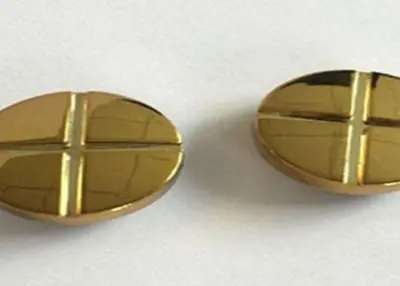 The Functional Advantages of Custom PVD Coating in Automotive DesignJanuary 5, 2024When it comes to automotive design, every detail matters. From the sleek lines of the exterior to the carefully crafted interior, each element plays a crucial role in creating a unique and memorable d...view
The Functional Advantages of Custom PVD Coating in Automotive DesignJanuary 5, 2024When it comes to automotive design, every detail matters. From the sleek lines of the exterior to the carefully crafted interior, each element plays a crucial role in creating a unique and memorable d...view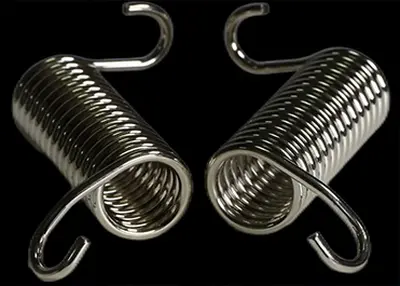 The Tiny World of Springs: A Comprehensive Analysis of Their Types and ApplicationsSeptember 26, 2023Springs are an extremely important and common component in mechanical parts, excelling in enabling motion, shock absorption, providing controllable pushing force, pulling force, and flexible clearance...view
The Tiny World of Springs: A Comprehensive Analysis of Their Types and ApplicationsSeptember 26, 2023Springs are an extremely important and common component in mechanical parts, excelling in enabling motion, shock absorption, providing controllable pushing force, pulling force, and flexible clearance...view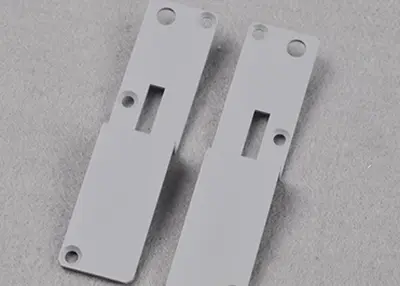 How to Reduce CNC CostsOctober 16, 2023In CNC machining, there are advances and improvements year after year. As a result, it is also becoming more complex. Consequently, it's also becoming more difficult to decide what to consider whe...view
How to Reduce CNC CostsOctober 16, 2023In CNC machining, there are advances and improvements year after year. As a result, it is also becoming more complex. Consequently, it's also becoming more difficult to decide what to consider whe...view
 EN
EN
 ru
ru 
